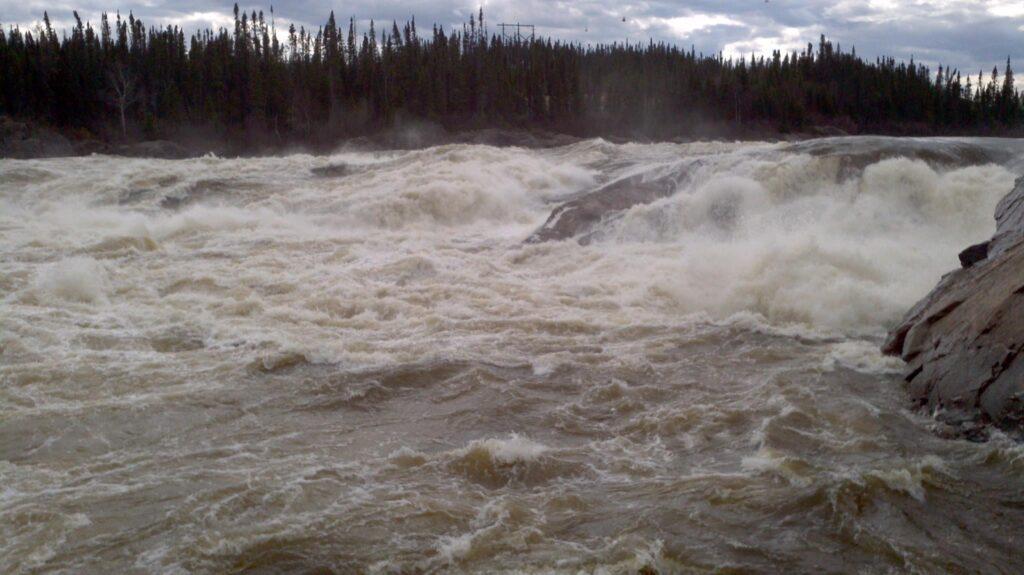From: Helen L. Forsey <helenlforsey@gmail.com>
Date: Sun, Jan 21, 2024 at 4:52 PM
Subject: Letter – Wind power, yes, but NOT mega-wind!
To: <letters@thetelegram.com>
Dear editor,
There’s a lot of talk about wind power these days, and rightly so. Wind power can be a very positive thing, and in many cases it already is. But that is not true for the industrial model of mega-wind power that so many companies and governments are rushing to embrace. If wind power is to be a just and workable aspect of addressing climate change, we must ask probing questions and apply fundamental principles.
It is not simply a matter of choosing less vulnerable locations for these monster turbines, or of having 50 of them instead of 300, or of having them publicly owned, or of avoiding endangered species habitat, or even of having “community buy-in” (some of which can be bought, and much just manipulated through secrecy and misinformation and intimidation.) It’s about much more, including:
- the massive and unrealistic size of the turbines themselves,
- the earth materials and fossil fuels used in manufacturing and installing them,
- the roads and power lines needed to erect them, maintain them and transmit their electricity,
- their requirement for frequent and unpredictable large inputs of grid power,
- the huge problems of disposal after they’re decommissioned…
The list goes on. Add to that the fact that for most of these projects, including those of WEGH2 and Everwind, the industries using that un-green energy will gobble up other resources as well. All in order to make hydrogen and ammonia and ship it overseas for reprocessing into whatever’s most profitable – quite likely soil-destroying and water-polluting chemical fertilizers.
So not only are these wind-to-hydrogen projects not green, and not only do they destroy local environments and human communities, they don’t even contribute to meeting our own real energy needs or moving us towards “net zero.” In fact, they do the opposite!
Moreover, the wind-energy and hydrogen industries are increasingly mired in economic uncertainty and technical failures. In their own industrial media, well-informed doubts about their financial and technical viability are rife. Yet the corporate and government hype continues.
So what should we as citizens be doing?
The most important and fundamental issue is the fact that Planet Earth simply does not have the resources that would be needed to replace fossil fuels with renewables and meet current (let alone projected) energy “needs.” The only way that true renewables like community-scale wind and solar can offer solutions for the future will be if there is a drastic reduction in energy demand.
The wholesale reductions in energy use that this requires will necessitate urgent and massive transformations in our society, our attitudes, habits, possessions and expectations. Very few of us want to face that reality. But if we don’t face it voluntarily, it will be forced on us – or rather, on our children and grandchildren – in even more appalling ways.
The public must come to understand the urgent need to reduce the demand for energy and for non-essential industrial products. Although the arguments can be expressed less harshly, the reality itself is harsh, and it is essential that our societies grapple with it. Only with severely reduced demand can renewables or any of the other elements of a solution offer hope for a transition to some degree of sustainability.
All of us – individuals, communities, organizations and governments – must accept our responsibility and make reducing energy demand a top priority in all climate change policy and practice. Failure to do so we will make us accomplices in a fatal mistake.
Helen Forsey
St. John’s
(709) 726-2004
Views: 1
